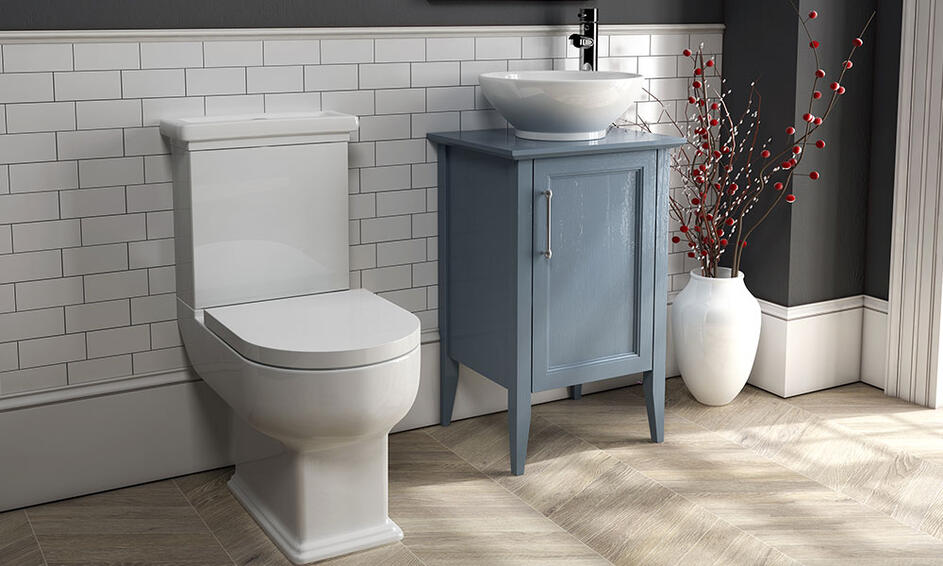Sick of your old, leaky, water hog of a toilet and want to buy a new one? You’ll find water-efficient toilets with an array of options:

Factor in Efficiency when Deciding the Best Toilet to Buy:
The drive to innovate started in 1994, when the 1.6-gallons-per-flush (gpf) mandate went into effect, replacing the 3.5 to 5 gpf that had been the norm. The pressure to save water hasn’t let up. Now there are high-efficiency (HET) and ultra-high-efficiency (UHET) toilets that use a mere 1.28 and 0.8 gpf, respectively. Yet, contrary to what you might expect, flushing efficacy has also gotten better; independent tests show that some UHETs can evacuate up to 800 grams (1.75 pounds) of solids with every flush. Like the Energy Star program for appliances, the EPA’s WaterSense Certification makes it easy to find fixtures that use at least 20 percent less water than the 1.6 gallons currently mandated.
Rough-in Size:
Be certain and measure your rough-in prior to purchasing your new toilet to avoid complications. A rough-in is the distance from the wall to the center of the hole on which the toilet is mounted. A rough-in can be 10,” 12” or 14.” You can easily measure the rough-in of a toilet using a measuring tape with a metal hook at the end. Make sure the tape has standard units of measurement that you can understand.
Toilet Bowl Height:
This is the distance from the floor to the top of the toilet bowl’s rim. The standard height for toilets used to be 14 to 15 in. But today, you’ll find toilets that are 16 to 18 in. high. These are often called “comfort height” or “ADA height” or something similar. The additional height makes getting on and off the toilet easier and is more comfortable for lots of people, especially the elderly. Child heights of 10 to 14 in. are also available.
Toilet Bowls:
Most toilets sold today have either round-front bowls or elongated-front bowls. Round-front bowls are great if the space is tight. Elongated bowls have a longer rim—as much as 2 in. longer—and require more space (there have been cases where doors and drawers couldn’t be opened after installation). On the plus side, elongated bowls are generally more comfortable for adult use and help improve hygiene. Check manufacturer websites for dimensions of bowls and measure your space before deciding on the bowl shape.
Wall Print Behind Existing Toilet and Footprint:
If you install a new toilet with a smaller tank, you might have to paint the part of the wall that was covered by the old toilet tank. If you’re replacing an old toilet that has a large footprint (the base covers a large floor area), you might have to patch and repair the part of the floor that was covered by the old toilet. You may even have to replace the entire floor before installing a new toilet with a smaller footprint.
Dual-Flush Toilet:
A relatively new type of toilet, the dual-flush toilet, is rapidly growing in popularity thanks to its water-saving benefits. Dual-flush toilets are a mixture of gravity-feed and pressure-assisted toilets. You can choose between a half flush or full flush each time you empty the bowl. A half flush clears the toilet with a gravity-feed system. Use this flush for liquid waste. For solid waste, the full flush clears the toilet with a pressure-assisted system.
Toilet Color:
Traditionally, most toilets come in white or off-white color. White toilets are still the standard, but options are now available that include just about any color you can think up. Though bright colors, exotic colors, and even patterns can be requested, most stock toilets still come in a subdued tone. Common colors include light shades of blue, yellow, gray, brown, pink, and green. The color of your toilet can do a lot to set the mood and appearance of your entire bathroom.



